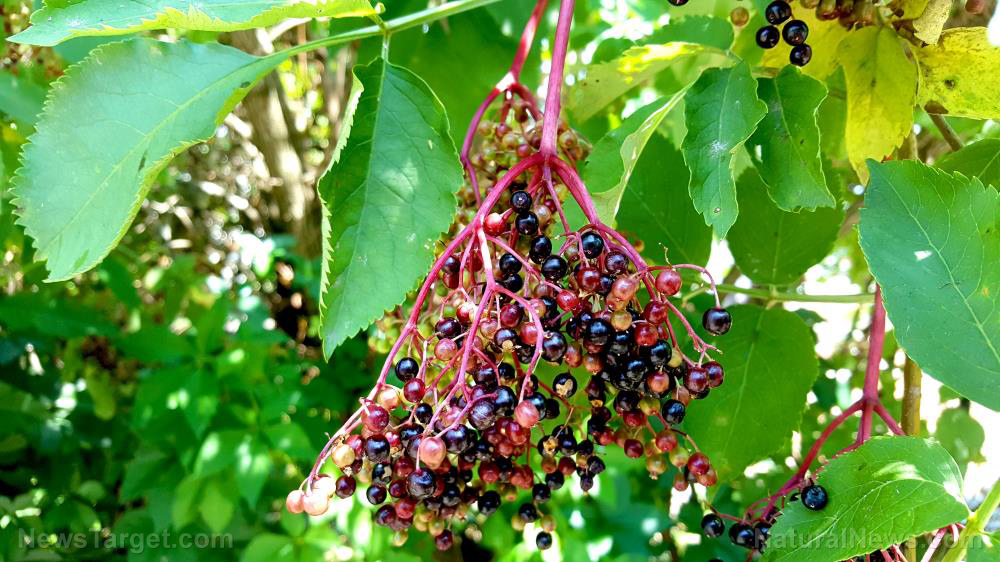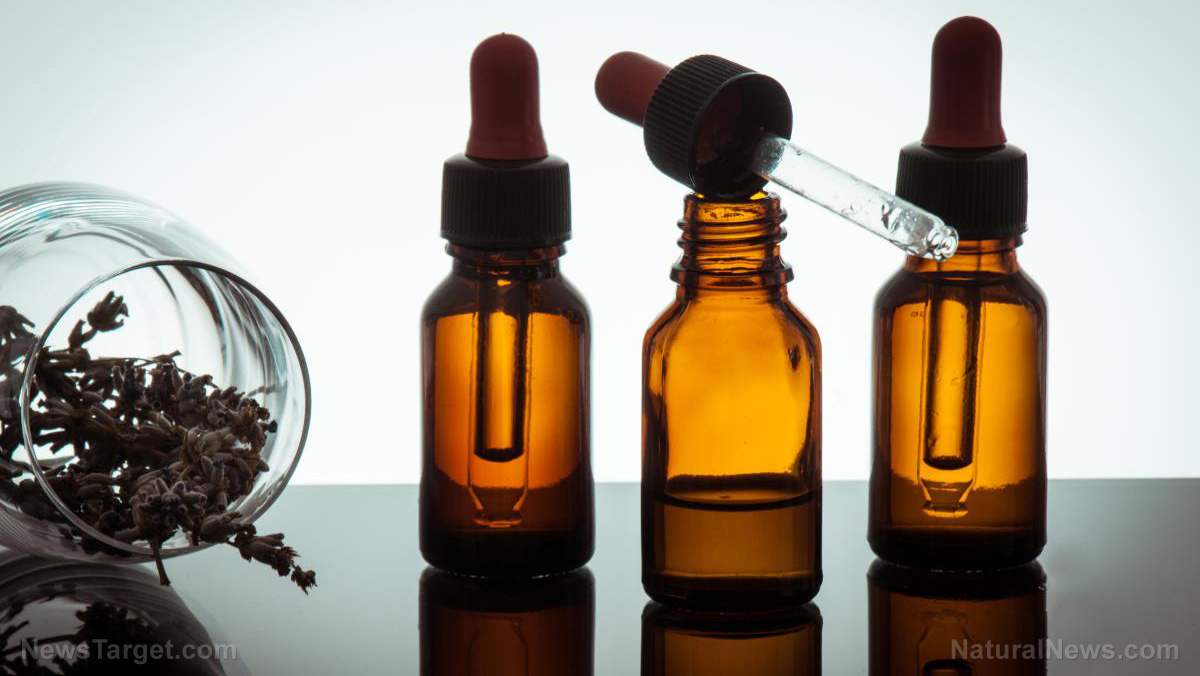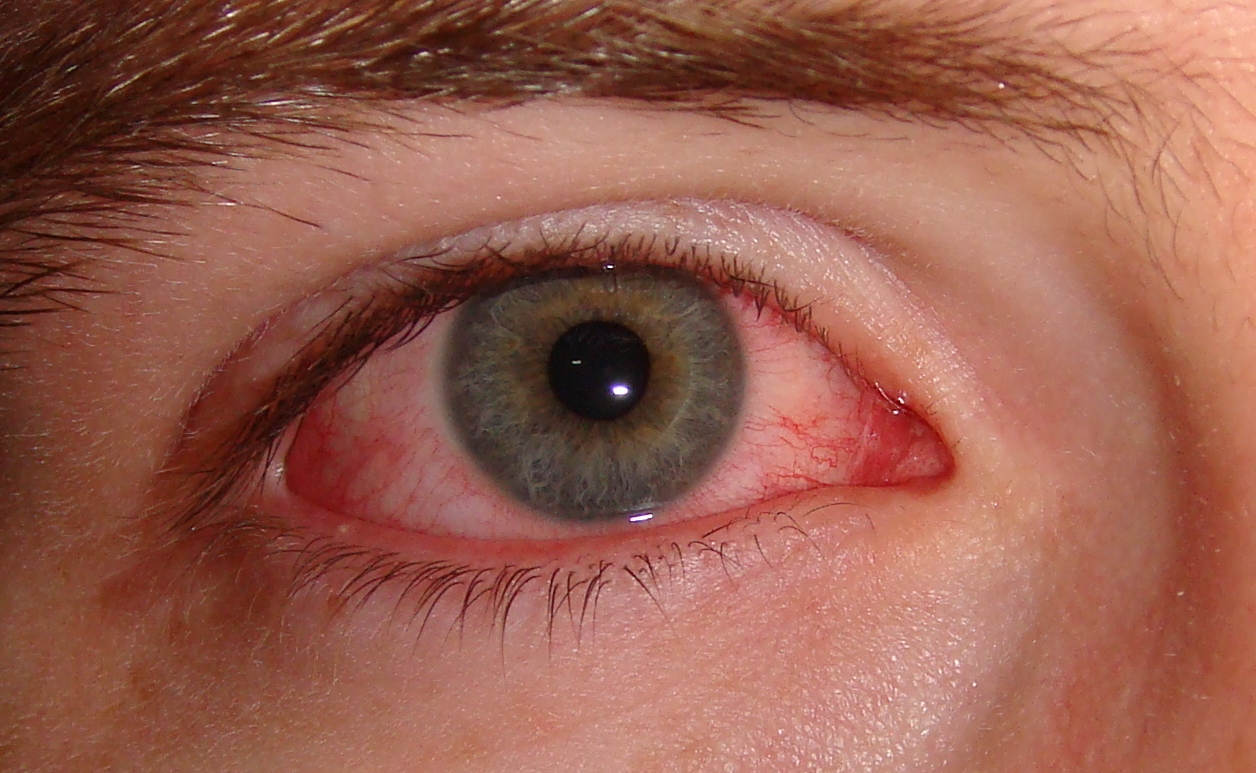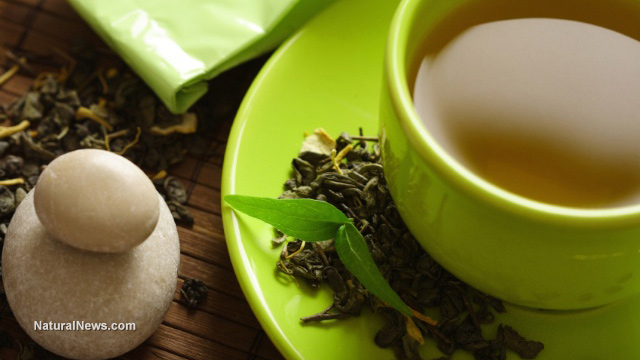Frankincense is a healing substance that has a number of likely health benefits
02/15/2019 / By Zoey Sky

Frankincense, or olibanum, is used in folk medicine, particularly in India and African countries. Several studies have also confirmed the many health benefits of frankincense.
Frankincense is sourced from Boswellia carterii, B. ferreana, or B. serrata trees that grow in African and Arabian regions, such as Ethiopia, Oman, Somalia, and Yemen.
Frankincense essential oil is made by extracting the milky white sap of the tree’s bark. This sap is then hardened into a resin. The resin is turned into an oil through steam distillation. Frankincense oil can be used on either your skin or by inhalation.
There are many types of frankincense, and its quality is determined by the product’s age, aroma, color, purity, and shape. Different trees will produce different colored resins. Hojari and Silver are considered the highest grades of frankincense. Meanwhile, brown-yellow and muddy frankincense oils are cheaper and easier.
The health benefits of frankincense
Frankincense has substances with many health benefits. It contains terpenes and boswellic acids, which have potent anti-inflammatory properties and protect healthy cells.
According to a study published in Planta Medica, boswellic acid can inhibit 5-lipoxygenase. The acid can also help target free radicals and cytokines. All of these molecules have a role in inflammation.
Frankincense’s other health benefits include:
- Alleviating stress and relieving pain
- Controlling bleeding and speeding up the wound-healing process
- Fighting inflammatory conditions like arthritis
- Keeping your mouth clean and healthy: Natural kinds of toothpaste made with frankincense have antiseptic properties.
- Killing germs: Frankincense has antiseptic and antimicrobial properties, and it works well when paired with myrrh.
- Relieving colic and intestinal gas/flatulence.
- Treating dry skin and reducing the appearance of age spots, scars, stretch marks, and wrinkles.
In aromatherapy, frankincense oil is used to address conditions like:
The cancer-fighting properties of frankincense
Chronic inflammation can damage DNA and cause cancer, and researchers believe that frankincense can fight cancer through its anti-inflammatory properties.
However, certain studies imply that frankincense can directly attack cancer cells. In a study, researchers determined that frankincense oil can distinguish between cancerous and normal bladder cells. The oil could also suppress cancer cell viability. This means that frankincense oil could target cancer cells without harming healthy cells, unlike chemotherapy and other conventional cancer treatments that kill both.
Medical News Today reports that at least two other studies have produced similar findings:
- A 2015 study showed that frankincense could kill breast cancer cells and disrupt the growth of future cancer cells.
- In a 2016 study, researchers found that frankincense had substances with anti-tumor properties. These substances could prevent cancer cells from growing, resulting in apoptosis (controlled cell death).
Two older studies also suggest that frankincense can be used to naturally fight cancer. In a 2013 study, scientists in China discovered that human breast and skin cancer cells had increased sensitivity to the combination of frankincense and myrrh oils.
In a separate 2012 study, researchers reported that AKBA, a chemical compound in frankincense, could kill cancer cells that have become resistant to chemotherapy. While further research needs to be conducted, experts are hopeful that frankincense can be used as a safe cancer treatment. (Related: Frankincense’s cellular healing power is a powerful solution for many types of cancer.)
How to use frankincense
Always purchase frankincense essential oil and not “fragrance oil.” The latter doesn’t always have the same health benefits as the former. Frankincense essential oil can either be inhaled or applied topically.
Inhalation
To inhale frankincense essential oil, use an aromatherapy diffuser. Alternatively, you can make your own diffuser using a small container, the essential oil, a carrier oil, and a bit of vodka.
Aromatherapy interacts with the “emotional brain” or limbic system. When you inhale the oil, odor molecules travel through the nose and affect the brain via different receptor sites, like the limbic system.
Topical application
Before you apply frankincense essential oil to your skin, combine it with carrier oils like avocado, coconut, grapeseed, hemp seed, jojoba, olive, or sweet almond oil.
Use frankincense oil sparingly, and do a patch test when trying a new essential oil. Once the oil is diluted with a carrier, test it to make sure you don’t experience burns, irritation, or an allergic reaction.
Applying frankincense essential oil to your skin will help relieve joint or muscle pain and promote hair root health. The oil can also help heal acne, bites, boils, or cuts.
Precautions and possible side effects
While frankincense is generally believed to be safe, here are some guidelines to keep in mind:
- Store essential oils out of reach of children and pets.
- Never ingest essential oils because they may have toxic effects. The oil may even be fatal when taken internally.
- Do not get essential oils in your eyes, nose, or ears. Wash your hands thoroughly after using frankincense oil.
- If you are pregnant or nursing, do not use frankincense oil. It can trigger contractions, prompt menstruation, or result in a miscarriage.
Frankincense is not known to interact with any medications. However, it is best to consult a healthcare professional before you start using frankincense essential oil.
Use frankincense essential oil if you want to lower your risk of developing cancer or treat minor complaints.
Sources include:
Tagged Under: aromatherapy, B. carterii, B. ferreana, B. serrata, Boswellia, boswellic acid, essential oils, frankincense, health benefits, natural cures, natural healing, natural health, natural medicine, natural remedies, olibanum, prevention, remedies, research, terpenes


















